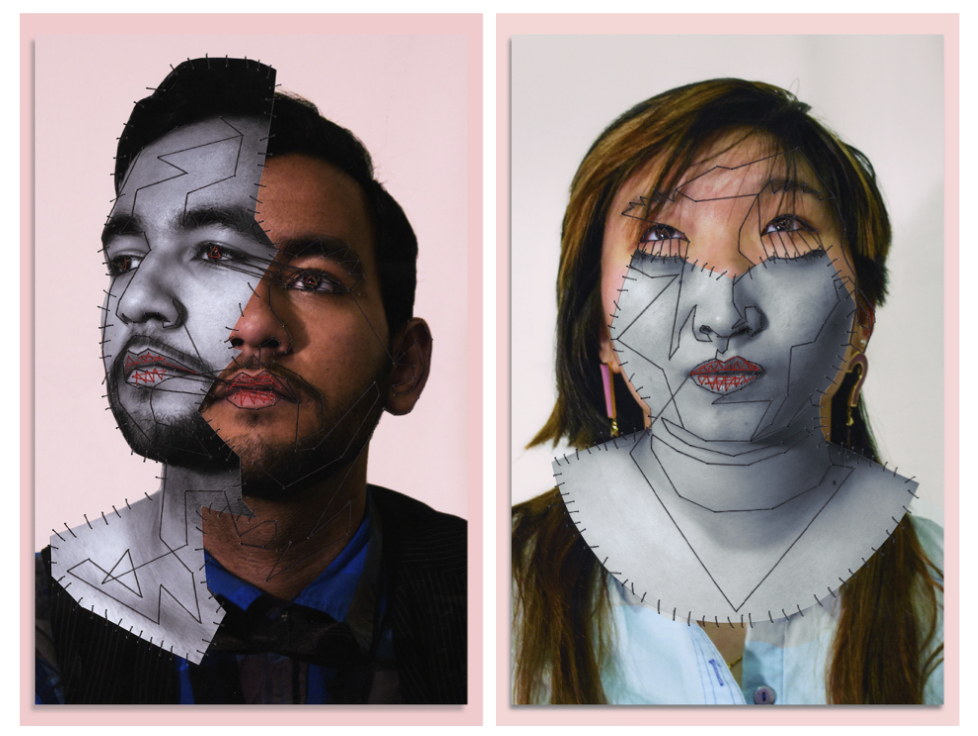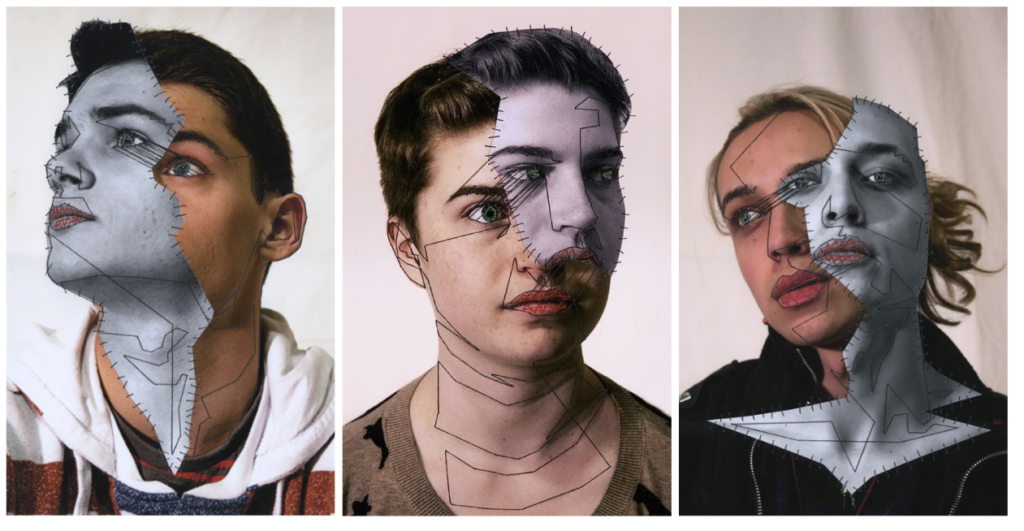

About him
Manny Robertson is a photographer, artist, and visual storyteller, known for his work that often intersects with themes of fashion, portraiture, and conceptual art. He is recognized for his distinctive approach to photography, often combining elements of storytelling, emotional depth, and visual experimentation to create compelling and thought-provoking images. His photography often features bold compositions, dynamic lighting, and a blend of contemporary and classic aesthetics. He uses photography not just as a medium for capturing moments, but as a tool for expressing broader themes, including identity, transformation, and the human experience. Manny Robertson’s style and artistic vision place a strong emphasis on visual communication, and his work can be described as both cinematic and introspective, with a focus on the emotional and psychological states of his subjects. The emotional resonance of his images is often paired with a sharp attention to detail, making his photographs both visually striking and conceptually rich. Like many contemporary photographers, Robertson explores the concept of identity, both in terms of how individuals present themselves and how they are perceived. His portraits often convey a sense of vulnerability or introspection, encouraging viewers to engage with the emotional undertones of the images.
Manny Robertson’s series called “Embroidered Metropolis” was created to represent how dark emotions like Depression can attach and fuse themselves to people like masks of sorts. Using a robotic aesthetic inspired by the film Metropolis, to distinguish between normal feelings (colour) and the emptiness of the others (black+white), whilst using thread to act as both robotic attachments, and the struggle of dealing with said affliction.
How he links to identity:
Manny Robertson’s photography often explores themes of identity, transformation, and the complexity of human emotions, which makes his work particularly suited to the theme of disguise in photography. While his approach is varied, several key elements in his work resonate strongly with the theme of disguise such as the exploration of masked identities. Robertson’s portraits often feature individuals who appear in altered versions of themselves, where their outward appearance might be drastically changed through editing and manipulation of light. For example, he makes a cutout of the person’s face which comes slightly off their actual face and is held together by stitches. This alteration acts as a disguise, hiding or distorting the person’s “true” identity. In this sense, the subject’s outward appearance becomes a mask, revealing a version of themselves that may not reflect their inner identity. By playing with visual transformations, Robertson challenges viewers to question the authenticity of appearances, a core aspect of disguise.
Beyond the visual aspects of disguise, Robertson’s work often delves into the psychological layers that people wear, whether consciously or unconsciously. His subjects may not be physically disguised, but the emotional or psychological “masks” they wear are evident in their expressions or body language. This emotional veil can be interpreted as a form of disguise, where the subject’s true feelings or inner self are hidden behind a curated exterior. Robertson’s photography invites viewers to consider the emotional disguises we wear in daily life, and how these layers can either protect or distance us from others.
Quotes
He said his series ‘Embroidered Metropolis’ was inspired by the film Metropolis, and this series of portraits were created to “… represent how dark emotions like Depression can attach and fuse themselves to people like masks of sorts. Using a robotic aesthetic…to distinguish between normal feelings (color) and the emptiness of the others (black+white), whilst using thread to act as both robotic attachments, and the struggle of dealing with said affliction.”
(https://chantellegracephotography4.wordpress.com/2020/04/20/assignment-four-photographer-research/)
